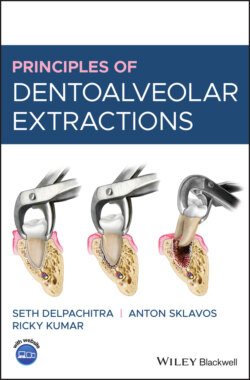Читать книгу Principles of Dentoalveolar Extractions - Seth Delpachitra - Страница 21
1.6 Preparation of Equipment
ОглавлениеPreparation for dentoalveolar extractions must follow the principles of asepsis, with strict maintenance of an aseptic operative field (Figure 1.6). The fundamental reason for this is to prevent transmission of microorganisms, which may cause surgical‐site infections, transmit bloodborne diseases, and prolong postoperative healing. Inadequate or insufficient adherence to appropriate aseptic techniques or inadequate sterilisation of surgical instruments can result in harm to patients.
Figure 1.6 Clinic room with defined administrative, operative, and hygiene areas.
In hospital settings, sterilisation of instruments is usually performed through a hospital‐wide central sterile services department. In the clinic setting, surgeons and their staff are responsible for the setup and proper maintenance of appropriate sterilisation facilities.
Prior to sterilisation, instruments should be wiped clear of obvious blood and debris, then cleaned in an ultrasonic (a machine that uses ultrasonic sound waves to vibrate instruments in order to remove small debris). The instruments should be wrapped or bagged, and chemical indicators that will change when sterilisation conditions are met placed on the equipment. Any practice that provides outpatient surgical procedures must ensure that staff are appropriately trained in sterilisation procedures and understand the basic minimum requirements.
Sterilisation of surgical equipment will fall into one of three categories: dry heat, moist heat, or sterilisation with gas. The sterilisation equipment must undergo regular and annual checks to ensure it is adequately maintained.
